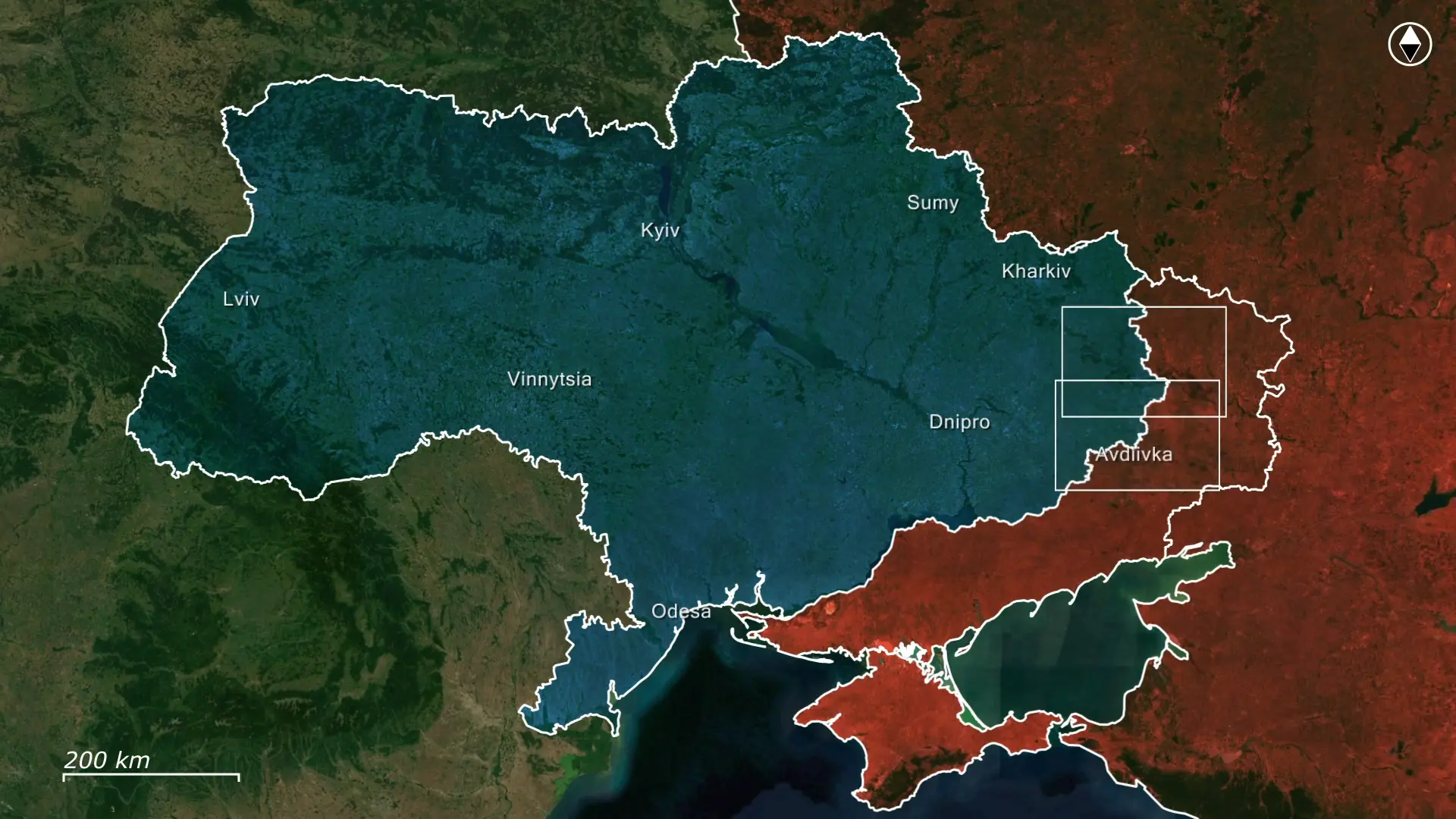Today there are a lot of important updates from the Pokrovsk direction.
Here, the Russians launched the next phase of their offensive on Pokrovsk, trying to overcome the Ukrainian defenses with large mechanized assaults. Despite the detailed plan of operations in the Pokrovsk region, the Russian forces are facing numerous seatbacks which are complicating their operations.

The Russian offensive is focused on three main vectors of attack. To the southwest, the goal is to advance along the railway embankment from Selydove toward settlements south of Pokrovsk, ultimately reaching Shevchenko. This would expand their bridgehead south of the city and allow them to target key supply routes west of Pokrovsk with anti-tank guided missiles, mortars, and artillery. From the northeast, Russian forces from Hrodivka and Novohrodivka aim to enter Myrnograd and engage in urban combat, with the objective of disrupting supply lines to Pokrovsk by putting the city's road network under fire control.
Ukrainian commanders anticipated the Russian assault routes and used the period of Russian recuperation to establish multi-layered defenses. They deployed remote mining systems to strategically place anti-tank mines along key paths of advance, while drone units were sent to monitor the area around Selydove, enabling rapid responses to Russian movements. The open fields and roads were heavily mined, and Ukrainian forces stationed troops in Yurivka, Petrivka, Hryhorivka, and Novoaleksandrivka, ready to engage Russian stormtroopers weakened by prior losses. This strategy created a strong, multi-layered defense that shifted the tactical advantage to Ukraine.
Russian plans to cut off Ukrainian supply lines on the northern flank are largely unfeasible due to disorganized and inadequate logistical support in this sector. As a result, Russian efforts are focused on strengthening the southern flank around Pokrovsk. In this region, Selydove serves as a critical hub for troop concentration and logistical support. Unlike Hrodivka to the north, which has suffered extensive damage, Selydove remains largely intact, facilitating smoother logistics. However, Russian forces seem unprepared for the depth and resilience of the Ukrainian defenses around Selydove, complicating their advance.

The strong logistical support in the area enabled Russian forces to launch more intense and sustained assaults, concentrating their efforts to the west of Selydove. They initiated attacks along the railway embankment, targeting the towns of Petrivka and Hryhorivka, as well as Novoaleksandrivka and Yurivka to the south. Combat footage from the area reveals the involvement of Russian mechanized forces, including T-80BVM tanks, BMP-2 infantry fighting vehicles, and Chinese Desertcross ATVs, along with golf carts used for troop transport.

Unfortunately for the Russians, many of these vehicles—tanks, BMPs, and unarmored ATVs—were destroyed due to the rapid response of Ukrainian drone operators, who had anticipated the assaults. Alongside drone strikes, the Ukrainians used remote mining tactics to further disrupt Russian forces, detracking several T-80BVM tanks and forcing their crews to abandon them. This provided an opportunity for Ukrainian drones to destroy the abandoned vehicles, causing additional losses for the Russian forces.
As a result, the Russian soldiers who managed to escape their vehicles were forced to continue the assault on foot, only to be easily detected. Packed together in a "meat-wave" formation, they became prime targets for Ukrainian drone operators, who ambushed them and inflicted heavy losses as the Russians tried to take cover in nearby treelines. Ultimately, the surviving Russian soldiers managed to infiltrate a small area around Yurivka, Novoaleksandrivka, and Hryhorivka, west of Selydove, establishing a foothold for potential future attacks. However, the assault units suffered severe casualties, significantly weakening their offensive capabilities. This led to a short-term shortage of reserves, which would take weeks to replenish, further stalling their offensive.

Overall, the Russians launched a downscaled assault west of Selydove, facing mounting losses that slowed their progress. In one instance, only four out of thirty soldiers survived, resulting in an 80% loss. These heavy casualties forced short pauses for replenishment, giving the Ukrainians valuable time to strengthen defenses and refine tactics. During this period, Ukrainian forces will focus on remote mining and fortifying positions, concentrating drone presence along expected Russian avenues of advance.








.jpg)








Comments